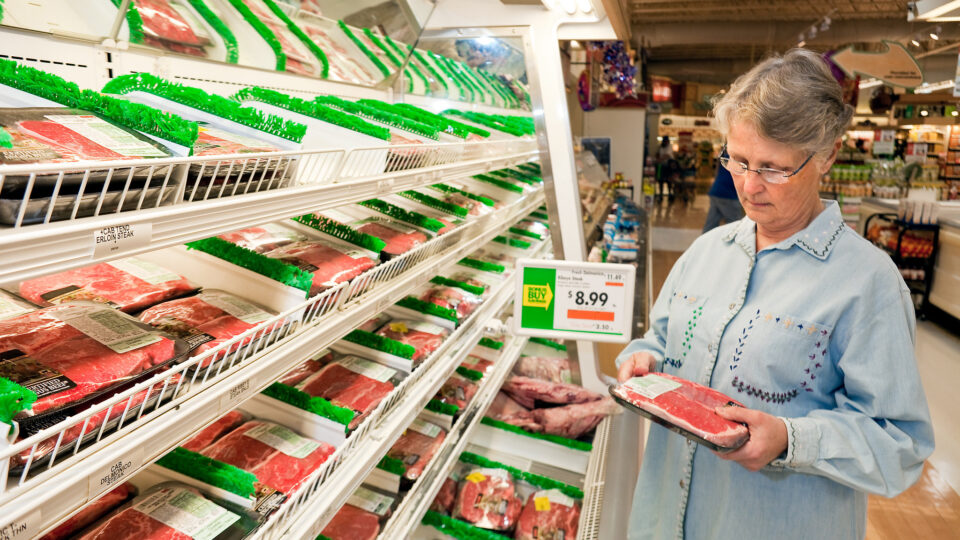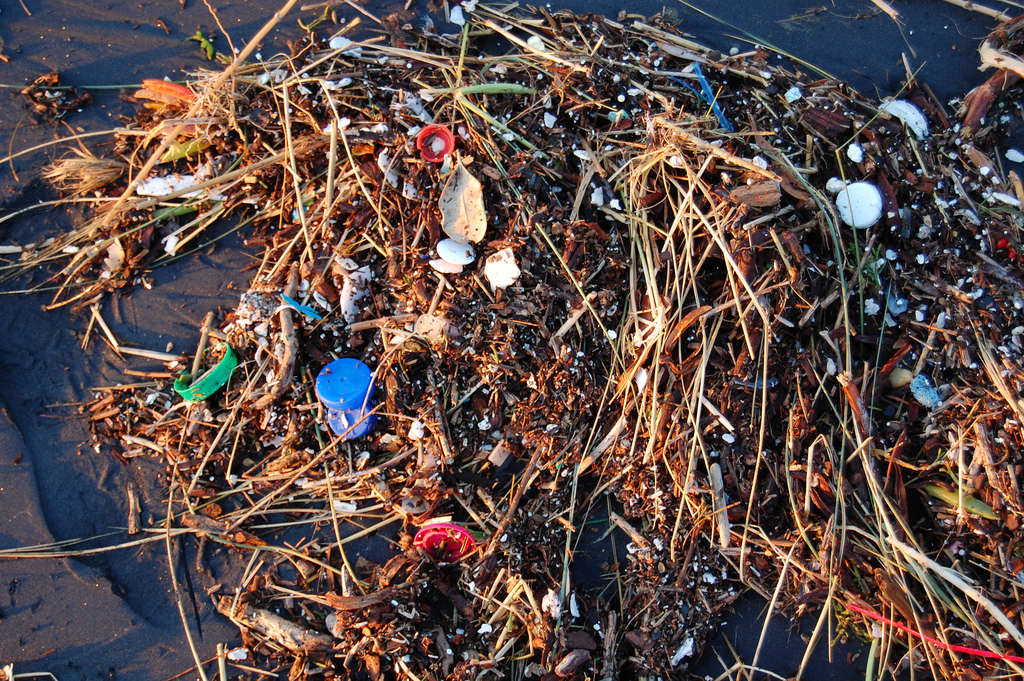The spotted lanternfly is an invasive pest from Asia that primarily feeds on tree of heaven, which is itself an invasive species that has become widespread. The real problem is that the lanternfly can also feed on some 70 other plants such as grapevines, maples, fruit trees, and more.
The lanternfly was first discovered in the US in Pennsylvania in 2014 and has since spread to 14 states including New York, Massachusetts, Connecticut, and Rhode Island. (It was first spotted in New York in Staten Island in 2020 and has continued to spread).
The insect poses a significant threat to New York’s agricultural and forest health. Both the adults and nymphs feed on the sap of plants which stresses them making them vulnerable to diseases and other insect attacks. They also secrete a sticky substance that attracts molds and interferes with photosynthesis.
Lanternflies are not strong fliers. They mostly spread through human activity by laying their eggs on vehicles, firewood, outdoor furniture, and other objects that people transport.
The bout of unusually warm weather that the Northeast experienced in early spring is likely to have jumpstarted the spotted lanternfly timeline and hatching could be bumped up to as early as May.
Agriculture officials are asking for people to look for spotted lanternfly egg masses and scrape them off with implements with a sharp edge. Adult insects should be reported to local authorities and should be killed if at all possible. There is lots of information online about how to recognize the egg masses and the insects. Spotted lanternflies are not a direct threat to humans, but they have the potential to cause great harm to vineyards, orchards, and forests.
**********
Web Links
Photo, posted September 12, 2018, courtesy of the U.S. Department of Agriculture via Flickr.
Earth Wise is a production of WAMC Northeast Public Radio




